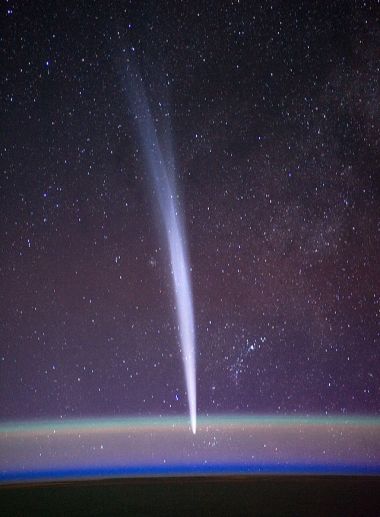Comet watch: Lovejoy visible to the naked eye over the US in January

Some lucky amateur astronomers in the United States may not have need of telescopes to view Comet Lovejoy in its last couple of weeks of transit.
This is because the celestial body is now reportedly visible to the naked eye until the last week of this month.
ABC Australia reported that the comet had passed roughly 70 million kilometers away from Earth on January 7, but will be visible until January 24. In addition, National Geographic predicted in December that the comet is brightening fast and will reach magnitude 4.1 in visibility at around this week, meaning it should be visible to the naked eye even in city suburbs with bright lights.
Astroblogger Dr Ian Musgrave gave to ABC some tips for people who want to see Lovejoy tear across the skies in both southern and northern hemisphere.
"Lovejoy can be best found by looking just below and to the left of the constellation Orion ... in the northern sky," Dr Ian Musgrave revealed. "It is visible from anywhere in Australia and most of the southern hemisphere at the moment, but now people in the northern hemisphere will begin to get a better view."
Some people may be tempted to put off checking out Comet Lovejoy until late this month, but Dr Musgrave cautioned against that. "[D]on't wait too long to check out Lovejoy, as moonlight will begin to interfere with your view by the end of the month," he said.
Comet-watchers and amateur astronomers have been fervently following the transit Comet Lovejoy, which ABC described as giving the "best and brightest images of a comet in years."
Lovejoy was first discovered by its namesake, Australian astronomer Terry Lovejoy, using a simple backyard telescope on August 17 last year. At the time of its discovery, Comet Lovejoy had a visibility magnitude of 15 and required telescopes in order to be visible. After summer, the comet gradually increased in brightness and reached Magnitude 5 by late December.
ABC said that the comet will not pass Earth again for another 8,000 years.











